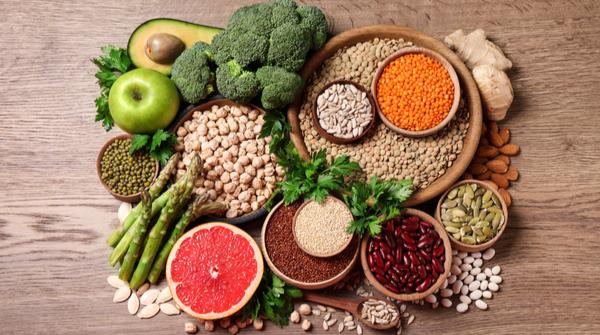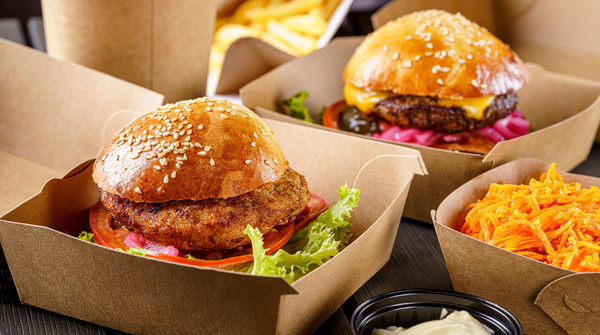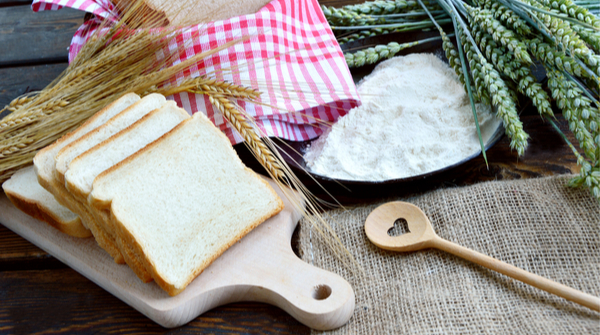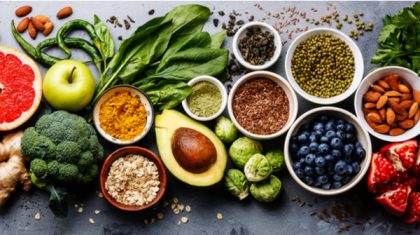Diabetes is one of the biggest health risks we expose ourselves to on an everyday basis. However, diabetes has less to do with soaring blood sugar levels and more to do with making choices that keep symptoms under control.
From a diet rich in refined, processed foods to the sedentary lifestyle we are used to, everything seems to be a contributing factor. In this blog, find the best diet tips for diabetes to keep your blood sugar levels under control.
Diabetes is of two types. The mechanism behind each type is different and thus there must be different tactics and different diet charts to keep the blood sugar levels in check. The following are a list of a few food items listed against each type of diabetes that can help every diabetic get an upper hand over the disease.
The Difference between Type 1 and Type 2 Diabetes
Type 1 diabetes, or juvenile-onset diabetes, or insulin-dependent diabetes occurs in five to ten percent of the population. This kind of diabetes is autoimmune, i.e., the body itself destructs the cells secreting insulin, creating a total lack of the compound in the system.
The absence of insulin is the chief reason why the body cannot absorb glucose and make efficient use of the same to produce energy.
Type 2 diabetes, otherwise called adult-onset diabetes, or non-insulin-dependent diabetes, occurs majorly in adults but keeping the recent statistics into consideration, the disease has become prevalent in children too. The chances of the occurrence of type 2 diabetes are a whopping ninety to ninety-five percent.
Here, in this case, insulin is produced, but the body cannot put it to use; a phenomenon termed insulin resistance.

Diet Tips for Diabetes (Type 1)
Follow a diet that comprises of low sodium, low carbohydrates and limited sugar in the diet.
What to Eat:
- Breakfast: From oats to cereals, fruits like berries and citrus fruits and dairy options like yoghurt and skimmed milk, breakfast is filling yet not high on either sugar or fats.
- Lunch: For lunch, a type 1 diabetic must ideally have some protein along with some carbohydrates. Healthy options like brown rice, brown bread, whole-wheat pasta, and whole wheat breads are the way to go. Strictly refrain from white rice because of its high sugar content.
- For a healthy source of protein, it is ideal to opt for lean meat like chicken or pork or duck. A seared duck breast or chicken breast along with some vegetables or some pasta for lunch is a very good idea.
- Snacks: Sprouts grown from any bean or lentil are a good source of fiber. Yogurt, especially light and nutritious yogurt, can do wonders for the gut microbiome.
- Dinner: Soups and light stews and stir-fries are ideal for dinner. However, some lean meat like chicken is the ideal choice for the protein consumed at nighttime.

What Not to Eat and other precautionary measures
- Do not opt for packaged energy bars. Prepare them at home with organic honey, raisins, prunes, granola, oats, cashews, almonds and walnuts.
- Never sprinkle raw salt on your vegetables and salads. Either get your hands on table salt or simply, dry roast some salt in the oven and store it in a jar.
- Choose your fruits and vegetables wisely.
Diet Tips for Diabetes (Type 2)
Type 2 diabetes often has a few symptoms including frequent urges to urinate, fatigue, mood swings, headaches and dizziness. A good diet will help type 2 diabetics to put these symptoms under control.

What to Eat:
- Breakfast: Fruits like berries and fat free yoghurts work wonders for type 2 diabetics. If you are looking for something savory then two slices of whole-wheat toast along with mashed avocadoes are the way to go. Again, the low glycemic index (GI) of the toast combines beautifully with the vitamin C of the avocados.
- Lunch: Dietitians recommend at least two to three servings of sea food in a diabetic’s lunch on a weekly basis. Again, lean meats like turkey, chicken and duck are great sources of protein. Lentils, another good source of plant protein, are best served with whole wheat bread or brown rice.
- Snacks: Micro-greens and sprouts salads with generous helpings of lemon juice and tomatoes, amongst other vegetables, are good sources of energy. Even nuts and dried fruits are good snacking options too. Raw or, dry roasted nuts are packed with energy.
- Dinner: Roasted lean meats, lasagna, tortillas, quesadillas, minus the massive toppings of cheese and what not, are another bunch of healthy dinner options. Try not to eat until you are full. Always leave five to ten percent space in your stomach for proper digestion.

What Not to Eat and other precautionary measures:
- Refined white flour has a very high glycemic index. From cookies to croissants and doughnuts, everything is made of refined flour. They dissolve quickly and contribute to obesity, another pointer that diabetics must take care of.
- Full fat dairy is rich in unnecessary fats and sugar.
- Corn, potatoes and peas are a few starchy vegetables. These vegetables if consumed on a regular basis and for a prolonged period of time, can lead to various complications.
- Canned fruits are often soaked in sugar syrup. This sugar syrup not only reduces the nutritional value of the fruit, but is also very unhealthy because of its preservatives content.
- Butter, cheese, hydrogenated oils are other items on the list of foods you must avoid if you are a diabetic.
Read More: Newly Diagnosed With Type 2 Diabetes: Follow These Tips
Food is a basic necessity. Every day, you are given a choice of what goes inside your body. Knowing what works and what does not work for you and then taking your pick is the wisest thing to do. Exercise your choice by gaining some knowledge about the rights and wrongs. Stick to the plan with some dedication and what seems impossible will be available right at your disposal.





